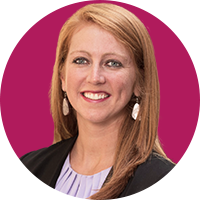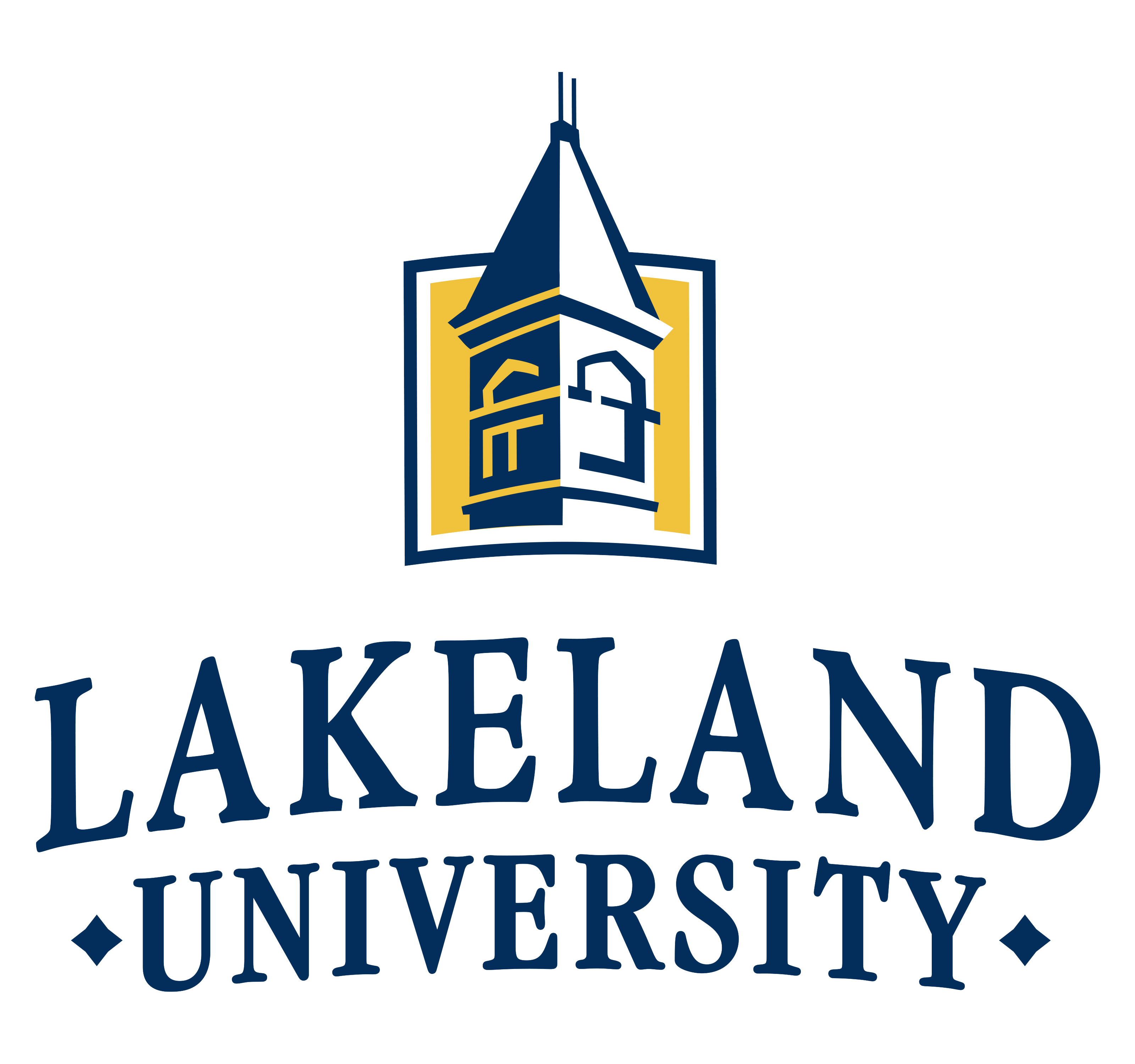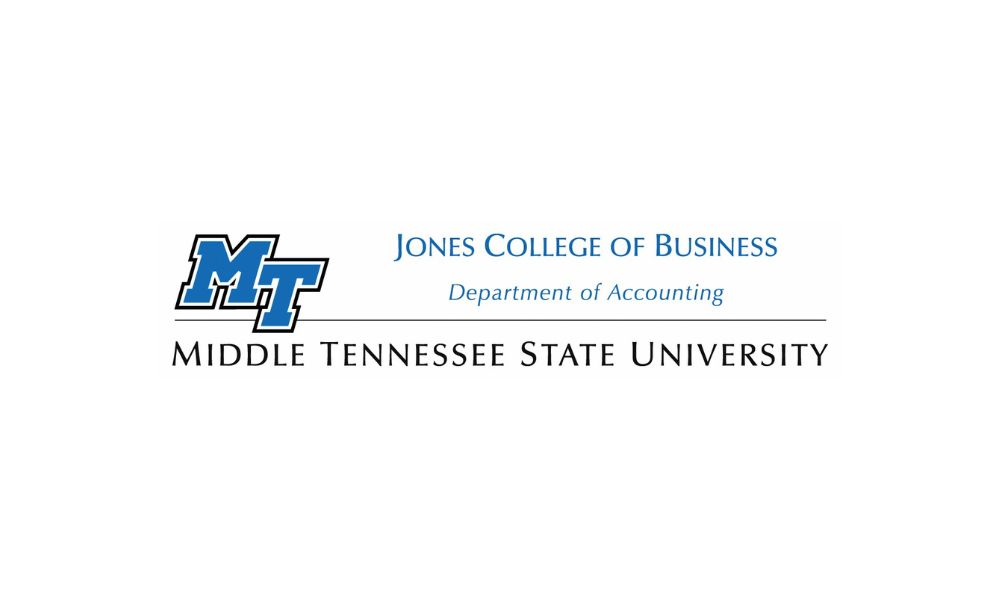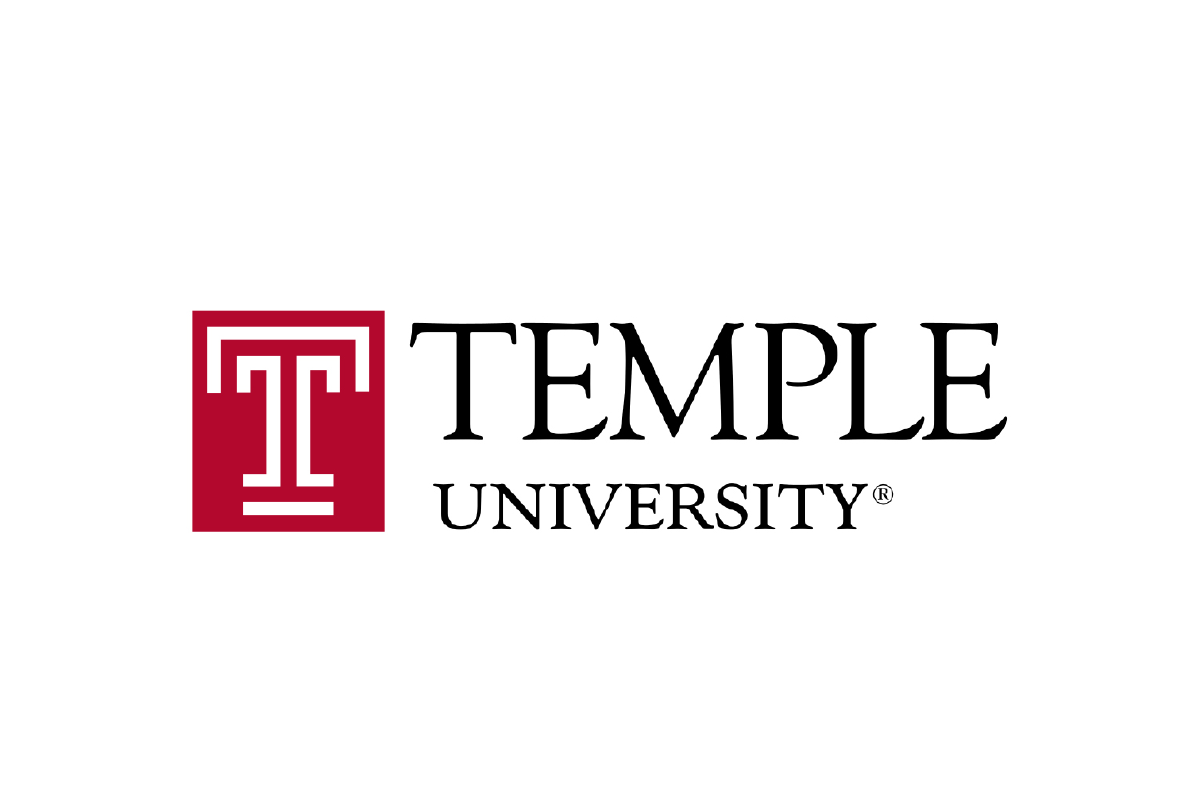
As an accounting educator, you know how tough it is to cover every relevant topic in your accounting curriculum to best prepare students for their careers as CPAs. Technologies and marketplace demands are constantly evolving, and data analytics, big data, automation, machine learning and service organization controls are becoming increasingly more important in the accounting field. Now more than ever, CPAs need deeper skill sets to stay ahead of the curve and keep up with the changing demands of the modern world.
Transforming CPA licensure: Background
The CPA Evolution, a joint project between the AICPA and NASBA, aims to transform the CPA licensure model and set future CPAs up for success with the skill sets they will need to thrive in their careers. The CPA Evolution Model Curriculum is an outline designed to help faculty and college accounting programs integrate certain modules, topics, learning objectives and suggested course offerings to prepare their students to become CPAs.
According to Dan Dustin, NASBA’s vice president of State Board Relations:
“The [CPA Evolution Model] Curriculum includes an array of accounting content including traditional accounting content of financial/managerial accounting, audit, and tax, but it also includes content in the increasingly important technology-related areas of accounting data analytics, digital acumen and IT governance and controls.”1
What is the Model Supplement?
In June 2021, the AICPA released two documents that detail each module, topic, learning objective and suggested course offering available in the CPA Evolution Model: a CPA Evolution Model Curriculum and the CPA Evolution Model Supplement. The supplement is designed to make the CPA Evolution Model Curriculum more user friendly for faculty administrators. It contains detailed information on the CPA Evolution Model Curriculum, topics, learning objectives and program examples. With this information loaded into multiple Excel tabs, faculty can analyze this information more easily and efficiently. One of the most useful features of the supplement is its ability to sort and filter by learning objective and topic.
With the release of these documents and the upcoming changes to the CPA Exam in 2024, accounting faculty members and departments may feel pressure to reorganize or change things quickly. However, before making big sweeping changes to your curriculum, it is important to keep the intended purpose of these documents in mind: The CPA Evolution Model Curriculum is a road map for faculty to use, not a one-size-fits-all approach to accounting education. With that in mind, accounting departments and faculty members can use the CPA Evolution Model Curriculum to strategically fill in the gaps and ensure their curriculum covers new and emerging technology topics relevant to the accounting field.
Implementing the CPA Evolution Model in the classroom: Case study
As an example, let’s look at how the J.M. Tull School of Accounting at the University of Georgia is working to incorporate the CPA Evolution Model Curriculum into its program. To start, each accounting faculty member was assigned to a different departmental curriculum committee, and each committee meets periodically to discuss curriculum topics for the upcoming year. This year, each curriculum committee specifically included the CPA Evolution Model Curriculum as a point of discussion. During the committee meetings, faculty reconciled course syllabi, learning objectives and current topic coverage with the learning objectives provided in the CPA Evolution Model Curriculum Supplement to determine which learning objectives were already fully covered in the J.M. Tull School of Accounting’s existing curriculum and which objectives might need additional coverage.
After discussion with other curriculum committee members, the curriculum committee leads met to share thoughts and offer suggestions to ensure proper coverage across the department. Before the start of the semester, the committee leads shared the summarized and proposed thoughts and suggestions at the larger annual departmental faculty meeting. The curriculum committee leads then used feedback from the annual departmental meeting to continue the process of bridging the gaps in current topical coverage with the CPA Evolution Model Curriculum learning objectives. As the curriculum evolves, this will be an ongoing topic of conversation among faculty to determine the best fit for the J.M. Tull School of Accounting’s program.
Final thoughts
There is no one right way to implement and use the CPA Evolution Model Curriculum. The J.M. Tull School of Accounting’s committee approach is just one way departments can implement the CPA Evolution Model into their curriculum. This is likely to be a continuing conversation for accounting department faculty at colleges and universities. The more faculty that can share their experiences of incorporating the CPA Evolution Model Curriculum with other faculty members — both within their department and with faculty at other colleges and universities — the better prepared our students will be to become future CPAs.
For more CPA Evolution Model resources, visit:
Sources
NASBA. “AICPA and NASBA release CPA Evolution Model Curriculum.” NASBA, 15 June 2021. https://nasba.org/blog/2021/06/15/cpa-evolution-model-curriculum/.
Interested in partnering with Becker to help your students succeed on their CPA Exam? Learn about Becker’s university partnership opportunities here.
Read more of Becker’s content for accounting educators.








